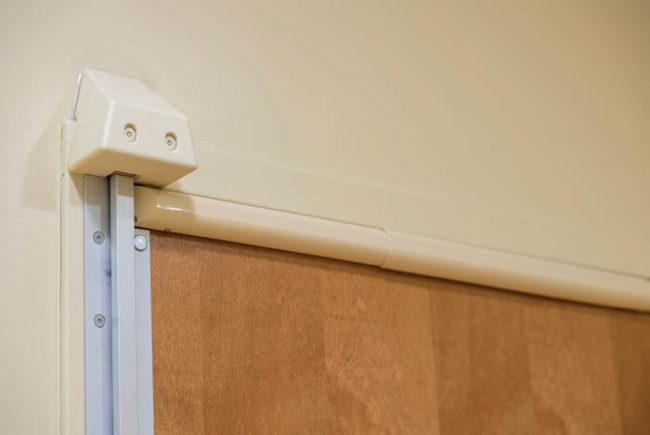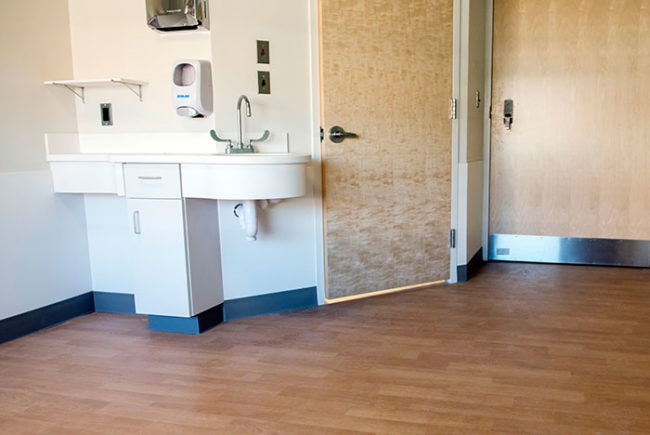Lessons learned from a study of how acoustics impact patient satisfaction has proven invaluable to St. Elizabeth Hospital, Appleton, Wis., as it continues its multiphase campus reconstruction.
Noise-reducing design strategies were incorporated throughout the health care system’s new 90-bed patient tower, which replaces a building with an emergency department (ED) built in the early ‘70s and other sections that go back to 1924, says Gary Kusnierz, vice president, performance excellence, Ministry Health Care, Appleton, Wis.
The ED and other spaces within the prior hospital were the source of staff and patient complaints about noise levels, which spurred St. Elizabeth to study acoustics and apply noise-reducing design in its newest facilities, he says.
The hospital learned of the extent of dissatisfaction with ED noise levels in particular in the old hospital after conducting a voice-of-the-customer event at which more than 700 patients and family members were interviewed, Kusnierz says.
“Visual and acoustical privacy ranked very near the top of what our patients were requesting in a new facility, including the ED,” he says.
In response, the hospital tested several combinations of sound-reducing materials for walls, ceilings and floors. Ultimately, the hospital installed ceiling tiles with a noise-reduction coefficient of 0.70, or 70 percent noise absorption, and changed from carpet to vinyl flooring for infection-prevention purposes.
Walls were extended up to the ceiling and constructed to reduce sound transfer between exam rooms. Seals on glass exam room doors also were improved, and integrated blinds were added to increase visual privacy.
As a result of these and other changes, patient surveys before and after the ED improvements showed an increase in “would you recommend” St. Elizabeth to others from the 55th to the 90th percentile, Kusnierz says.
The ED redesign included participation of staff, including physicians, nurses, technicians and others, Kusnierz says.
Going forward, St. Elizabeth plans to incorporate many of the same acoustic methods in a new inpatient adolescent and adult behavior medical department in the new hospital, he says. Design is underway and construction is projected to start later this year





